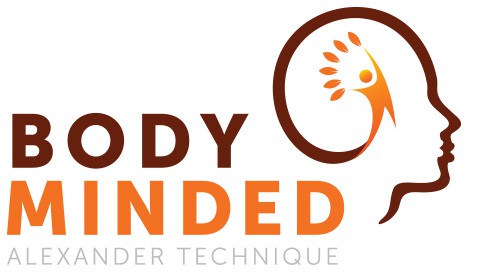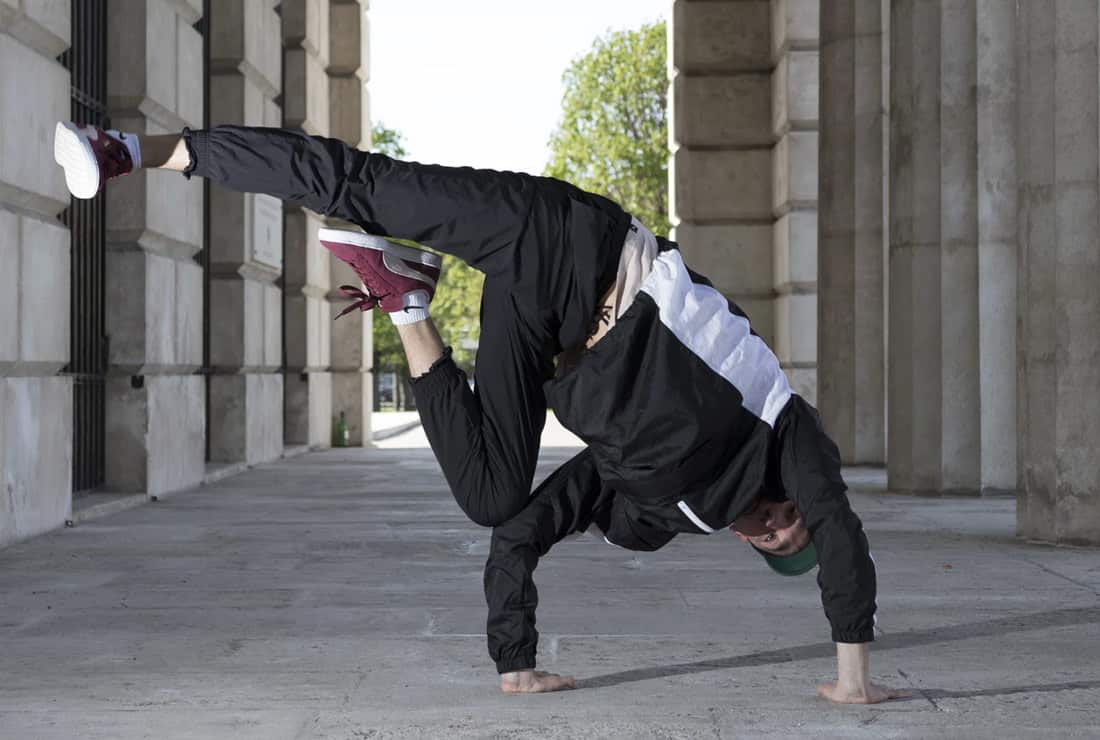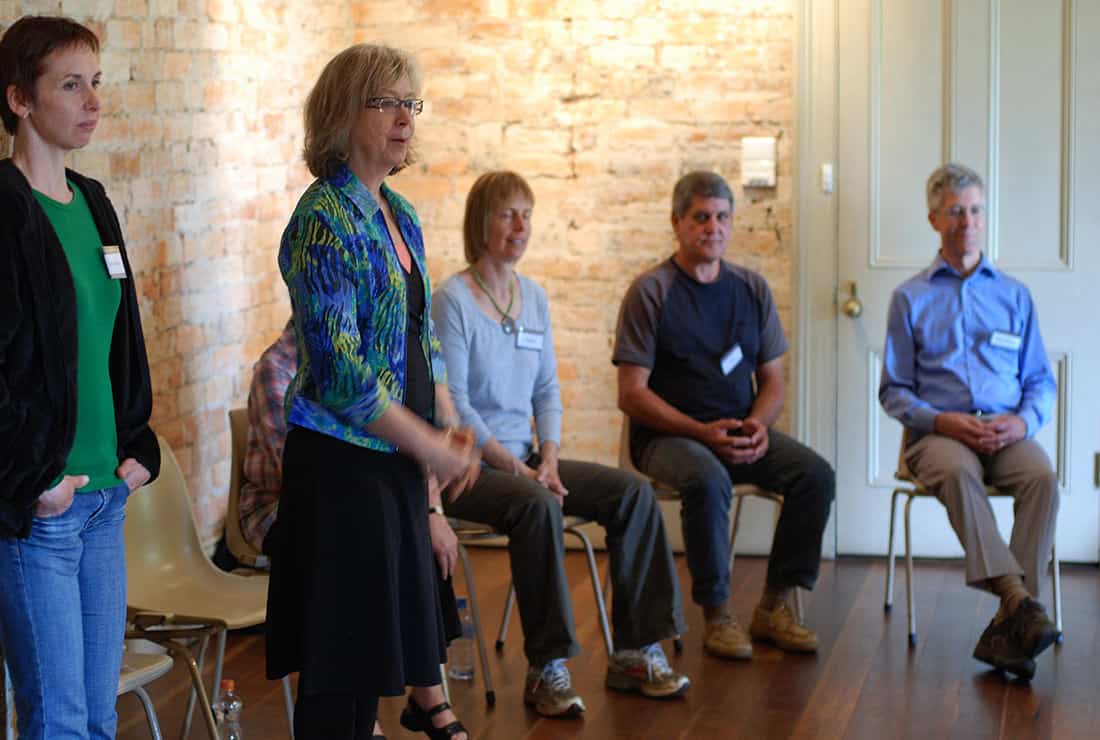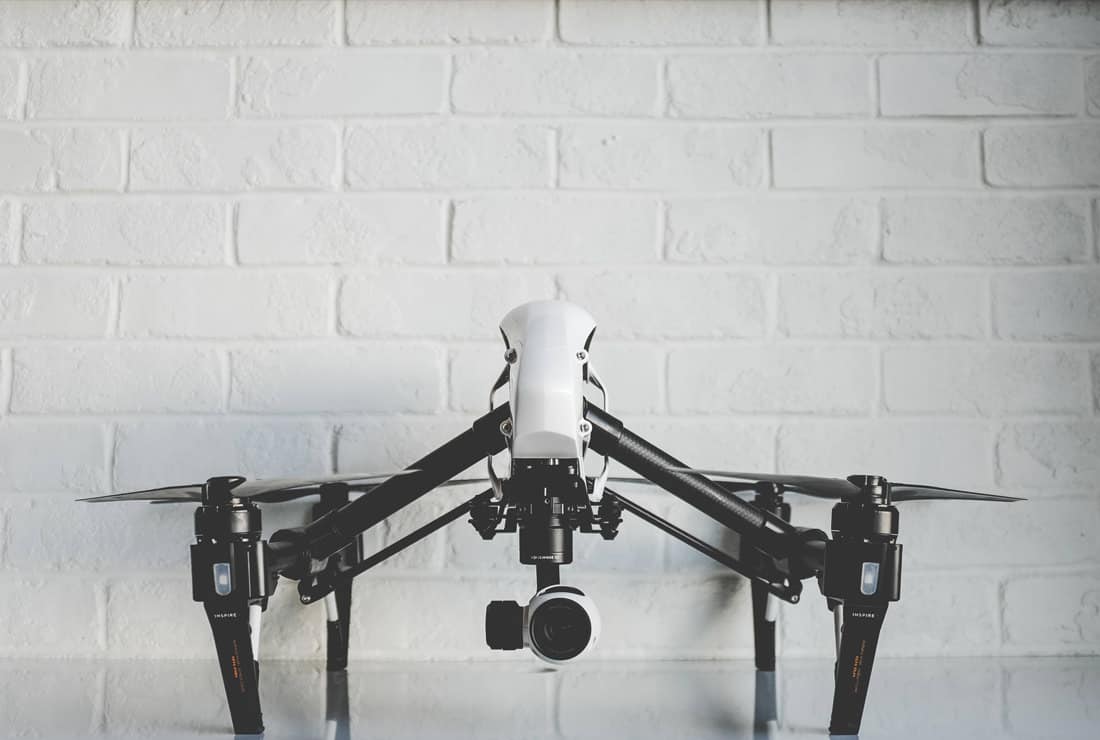20 Feb Using Alexander Technique to become a better musician
Alexander Technique improves the way we move and helps us overcome our habitual ways of holding our bodies, so it make sense that it can also improve our body’s relationship to our musical instruments, and getting the best expression possible....








